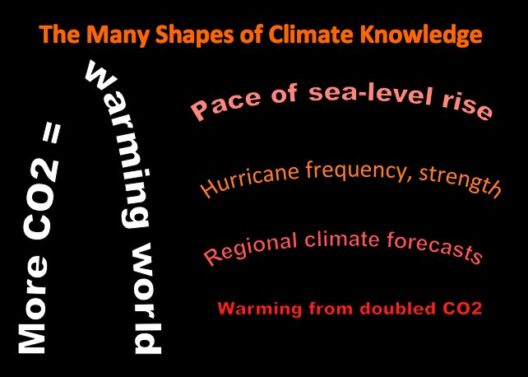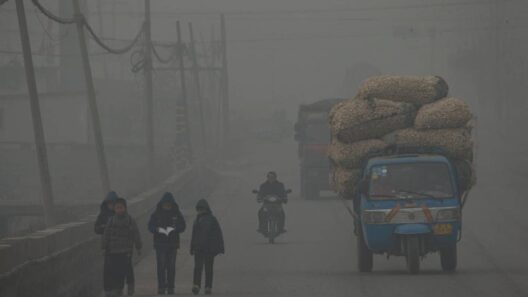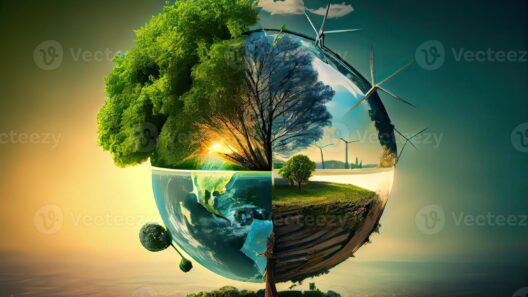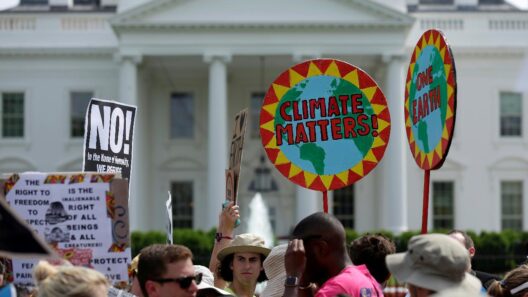In a world intertwined with the convenience of plastic, few grasp the underlying peril that this ubiquitous material poses to our planet’s climate. Plastic, often viewed merely as a byproduct of modern convenience, is actually a veritable Pandora’s box, unleashing a cascade of environmental ramifications that extend beyond mere pollution. The invisible threads connecting plastic consumption to global warming comprise an intricate web of industrial processes, toxic emissions, and ecological degradation that silently fuels the very crisis we strive to ameliorate.
To understand the dynamic relationship between plastic waste and climate change, we must first delve into the lifecycle of plastic. The journey begins at the fossil fuel extraction sites, where crude oil and natural gas are harvested. These hydrocarbons, in their raw state, are transformed into the polymers we recognize as plastic through energy-intensive processes that emit significant quantities of greenhouse gases. As we slice into the earth to extract these resources, we are not merely laying bare geological treasures; we are opening floodgates to an ever-growing climate crisis.
Once manufactured, plastic enters our lives as an omnipresent convenience. From food packaging to household items, its durability and versatility make it an attractive option for consumers and industries alike. However, the benign façade of plastic obscures a gruesome reality. Every item, whether it’s a single-use straw or a durable storage container, is charged with a hidden carbon footprint that reverberates throughout its existence. In fact, studies suggest that if plastic production and usage continue on their current trajectory, it could account for 15% of the world’s total greenhouse gas emissions by 2030. This figure is akin to the entire annual emissions of the European Union, emphasizing the urgency of acknowledging plastics’ role in exacerbating global warming.
The tale does not end with consumption; the post-consumer stage illustrates another chapter in this environmental saga. Regrettably, a substantial portion of plastic waste is mismanaged, resulting in landfills overflowing with persistent materials that do not biodegrade. As these materials decompose, they release methane, a greenhouse gas with a potency over 25 times greater than carbon dioxide on a per molecule basis. The irony is palpable: items designed for convenience are quietly orchestrating a climatic disaster beneath our feet.
Moreover, incineration—often lauded as a potential solution for reducing plastic waste—unfolds a different narrative. While it does decrease the volume of waste, burning plastic also releases a noxious brew of dioxins, furans, and other toxic compounds. This practice not only emits carbon dioxide but can also compromise local air quality, disproportionately affecting marginalized communities. Hence, in a misguided attempt to alleviate the burden of plastic waste, we may inadvertently exacerbate the climate emergency.
Another unsettling facet of the plastic predicament relates to the extraction and utilization of fossil fuels involved in its production. As plastic consumption rises, so does the demand for these inherently polluting resources. The intertwining fates of the oil and plastic industries suggest a grim future; as we continue to rely on these materials, we fuel the very engines of climate change. The life cycle of plastic epitomizes the disconcerting symbiosis between consumerism and environmental degradation, illuminating the pressing need for a paradigm shift.
As we traverse the landscape of plastic’s impact, we must also confront the challenging question of recycling. While recycling offers a glimmer of hope for mitigating plastic waste, the truth is far more sobering. The reality is that only a fraction of plastic is recycled; instead, most is discarded, incinerated, or sent to landfills, perpetuating the cycle of pollution and emissions. The complexities of recycling systems often result in more energy consumption and pollution than one might assume. This further deepens the narrative of plastic as a potent contributor to climate disruption.
In confronting this multifaceted crisis, individuals and communities must engage in collective efforts to foster change. Circular economies, wherein resources are reused and recycled, have emerged as potential solutions. The emphasis on reducing single-use plastics, innovating biodegradable alternatives, and advocating for comprehensive legislation can change the trajectory of plastic pollution and, in turn, its contribution to climate change. People are mobilizing, creating movements that challenge the status quo, highlighting the dire need for accountability from both producers and consumers alike.
Embracing a sustainable lifestyle can also hold transformative potential. Small actions—reusing materials, supporting local businesses that prioritize sustainable practices, and advocating for policy changes—can weave a fabric of resilience against the destructive patterns of plastic consumption. Each choice made reverberates through the interconnected web of our ecological existence, contributing either to the deterioration or rejuvenation of our climate.
In conclusion, plastic’s role in global warming is not merely an environmental footnote; it is a pressing issue that encompasses the very fabric of our daily existence. The allure of convenience, while tempting, must be tempered with an acute awareness of the broader implications of our choices. It is incumbent upon all of us to recognize this invisible adversary, take informed action, and advocate for systemic change. For in the battle against climate change, acknowledging and addressing the insidious influence of plastics is not just necessary—it is imperative for the survival of our planet and future generations.







